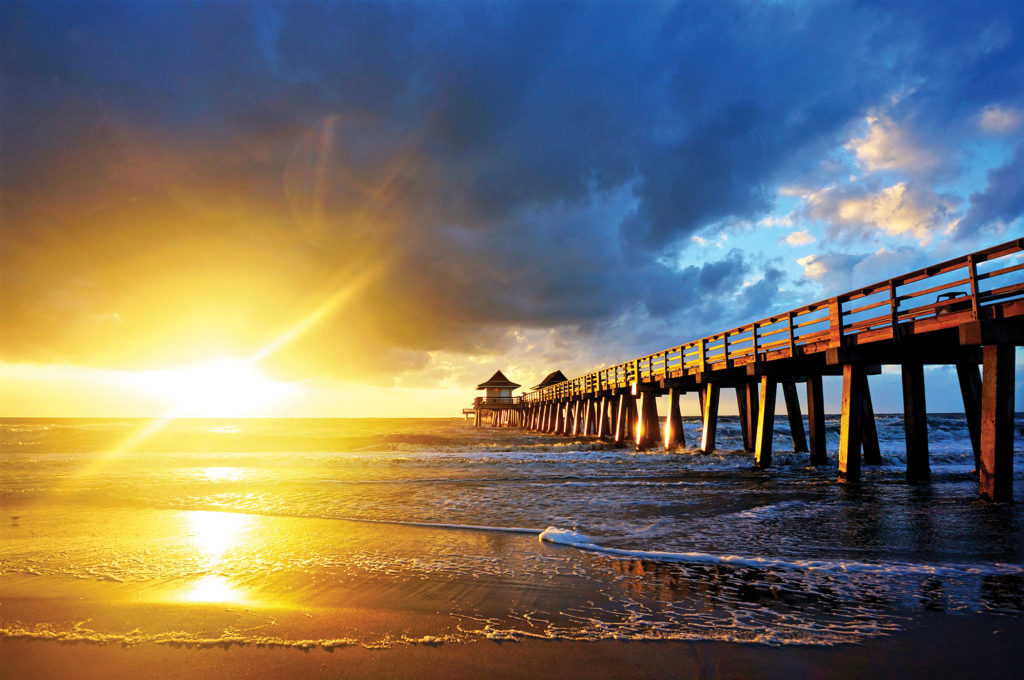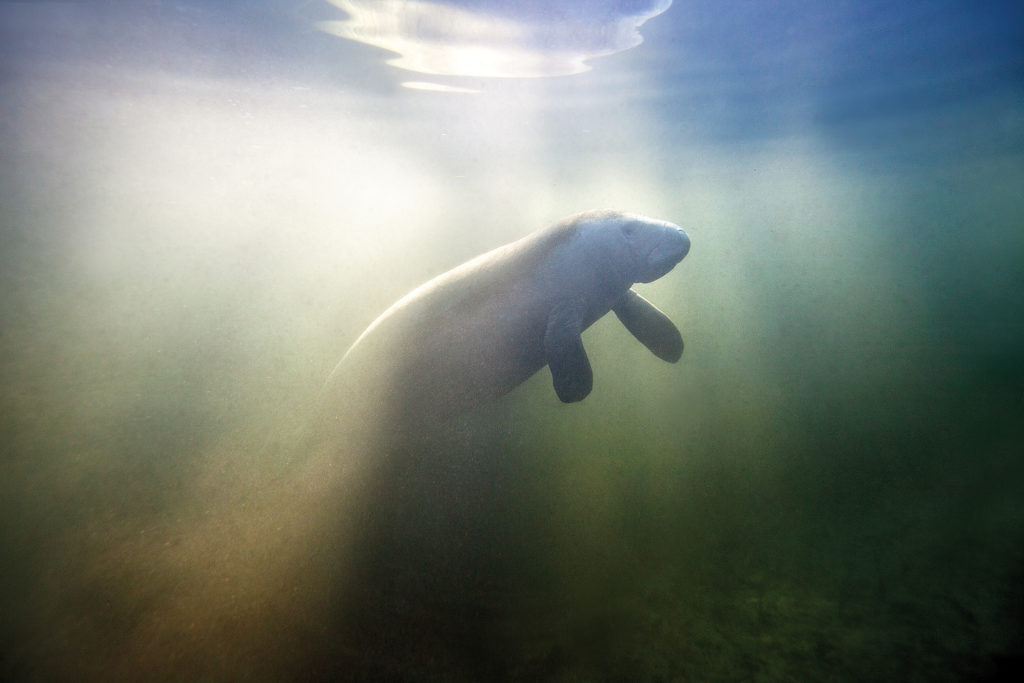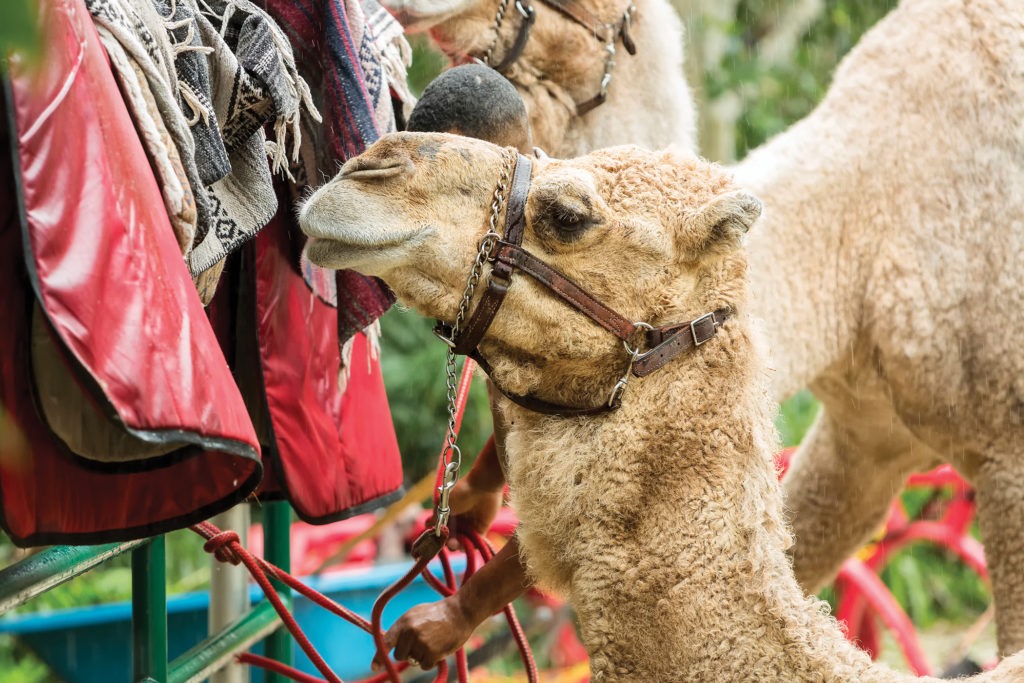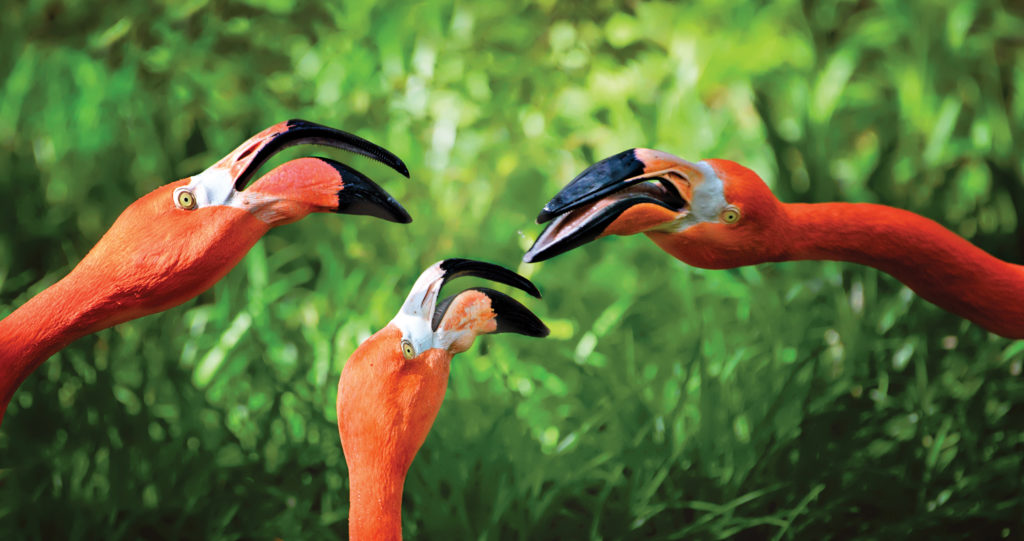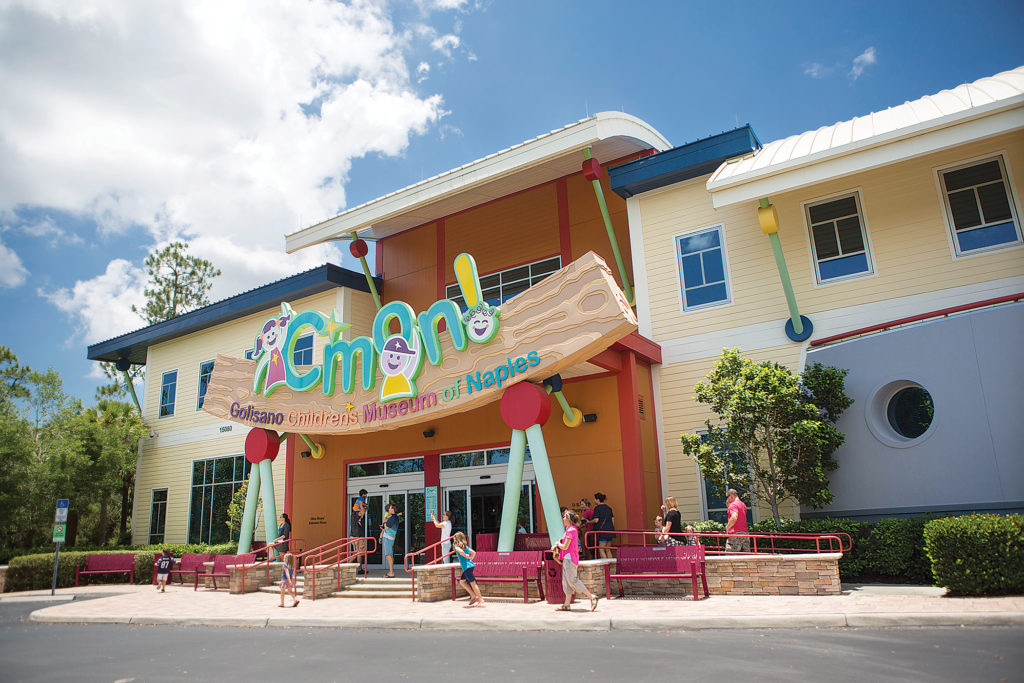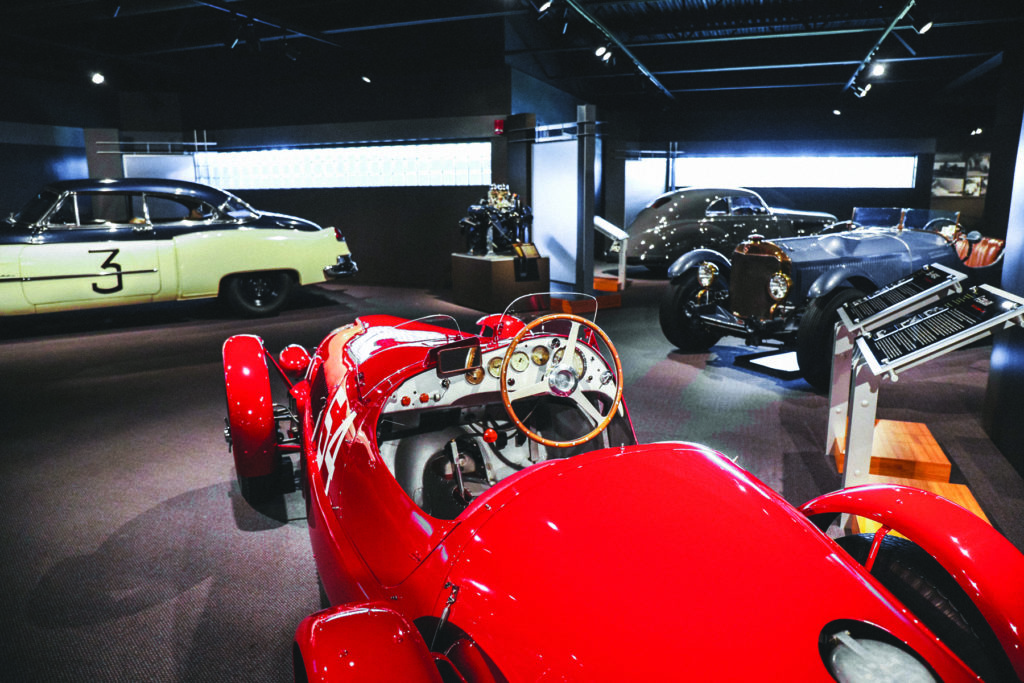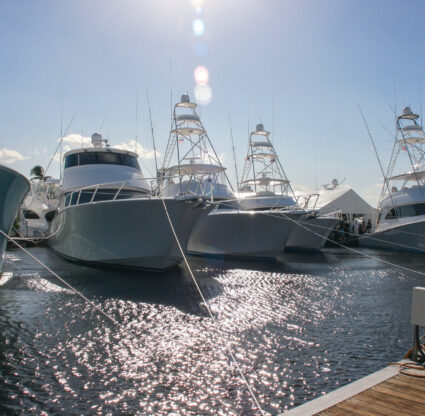
Big Cypress National Preserve
This national preserve became the nation’s first in 1974, after plans for what would have been the world’s largest jetport were unveiled in 1960. The construction would have devastated the ecosystems of central Florida, but today, the protected lands encompass a swath of beautiful and incredibly diverse terrain—Atlantic coastal plain, freshwater swamp, mangroves and more. Unique to this site is the wide range of activities not typically allowed at other national preserves. Get out for some kayaking, fishing or hiking; watch for birds, alligators or manatees; go for a scenic drive; participate in a ranger-led astronomy program—and expect settings that create prime Instagram envy.
J.N. “Ding” Darling National Wildlife Refuge
More than two-thirds of Sanibel—a barrier island off the coast of Fort Myers—is preserved, and nearly 6,500 of those acres comprise the former Sanibel National Wildlife Refuge, created by an executive order in 1945. The vast expanse of mangroves, submerged seagrass beds and marshes were renamed in 1967 after the conservationist who was instrumental in ensuring their protected status. See the beautifully wild terrain up close by walking, biking or driving the four-mile Wildlife Loop, and explore shallow bay waters by kayak, canoe or stand-up paddleboard. In addition to the alligators, river otters, mangrove crabs and other creatures you’ll find here, more than 245 bird species nest in the refuge. Keep watch for “Ding” Darling’s own Big Five: American white pelican, mangrove cuckoo, reddish egret, yellow-crowned night heron and roseate spoonbill.
Edison and Ford Winter Estates
Stroll around more than 20 acres of historical buildings and gardens along the Caloosahatchee River at the Edison and Ford Winter Estates—the former homes of magnates Thomas Edison and Henry Ford. Edison’s home—in which almost all the furniture is original—features one of the first residential pools (outside in the gardens); a study and library; a guesthouse complex; and one of the oldest buildings in Fort Myers, the caretakers’ house. Ford’s property features a Craftsman-style home, called The Mangoes, as well as a caretaker’s cottage that doubled as a garage. The grounds throughout feature a botanical garden encompassing more than 1,700 plants from six continents (including one of the largest banyan trees in the continental U.S.). Explore on a self-guided tour or sign the kids up for one of many young inventor classes and workshops.

Baker Park
Finding green space in a city center isn’t always easy, but the new, 15-acre, riverfront Baker Park offers an urban oasis in the middle of downtown Naples. As it connects to the mangrove forest lining the Gordon River Greenway, the best way to spend the day is kayaking or cycling along the recently opened bike path. One of the park’s main attractions is the sunrise terrace, on the edge of the Gordon River, where you can salute the sun with morning yoga. While strolling along the dog-friendly, palm tree-lined pathways, pause at one of the two playgrounds or plan for a picnic at a pavilion. If you’re visiting at the right time, you may even be able to catch live music or a play at the performance space.
Bailey-Matthews National Shell Museum
Shelling is as synonymous with Sanibel Island as baseball is with America—and the Bailey-Matthews National Shell Museum is the only in the country dedicated entirely to shells and mollusks. Considered one of the world’s best locales for shell collecting, the museum was brought to life by a few passionate collectors and features more than 30 permanent exhibits. You’ll have the chance to see some of the largest and rarest shells and fossils on display, as well as a new aquarium gallery filled with a giant clam, octopus and other rare mollusks. Get hands-on at the two, 15-foot-long touch pools or bring the kids for a craft session where they can create their own shell jewelry. For early risers, the museum also hosts scientist-led, hour-long morning beach walks where visitors can discover more about the shells washing up on shore.
Naples Pier
Jutting 1,000 feet into the Gulf of Mexico, the Naples Pier has been a landmark since it was built in 1888. Before nearby roads were completed in the 1920s, the only way to reach Naples was by boat and this pier was integral to the early iterations of the development that exists today. Though now mostly used as a fishing site, the pier is a great spot to catch the perfect view of sunset, watch for pods of dolphins or stroll when taking a break from relaxing on the beach’s fine white sand.
Manatee Park
Have you even been to Florida if you haven’t seen manatees? Visit this unique park to spot the docile—and endangered—sea cows (another name for the marine mammals known for their seagrass appetites) in a natural environment, where they gather in groups to play and sleep. Manatees love this particular spot, especially during the winter months when the Gulf of Mexico is chilly, thanks to the nearby Florida Power and Light pouring clean, warm water into the surrounding Orange River. Because they prefer water that’s about 68 degrees, manatees typically spend leisurely mornings at the park, enjoying the soothing temps before heading out in the afternoons in search of food. When the sea cows have left for the day, stick around the park to enjoy its picnic area, butterfly gardens and boardwalk that meanders through a mangrove ecosystem.
Naples Zoo at Caribbean Gardens
Get up close to some of the animal kingdom’s most incredible species right here in Southwest Florida. Exotic creatures—from giraffes (don’t miss the opportunity to feed them) and anteaters to brightly plumed birds and Florida’s very own panther—live in a historical tropical garden that was founded in 1919. The exhibits are built to maximize space among decades-old trees—and this means you’ll often be just steps away from the animals. An all-day ticket includes all exhibits, plus extra experiences like an up-close look at an alligator feeding, a catamaran cruise through islands where primates make their home, an amazing reptile show and a garden tour.
Golisano Children’s Museum of Naples (C’MON)
Bring the kids to Southwest Florida’s first museum devoted to children and families. The 30,000-square-foot museum hosts permanent and rotating exhibits and galleries that bring its “play equals learning” mantra to life. Kids can learn about animals at the adopt-a-pet vet clinic, don a spacesuit and experiment with aerodynamics on an intergalactic mission, or climb a two-story banyan tree. Highlighting one of the most well-known Florida environments, the “Journey Through the Everglades” exhibit features hourly thunderstorms that mimic the region’s weather patterns, the lifelike sound of buzzing mosquitoes and an ancient, twisty mangrove system to climb through.

Conservancy of Southwest Florida
The conservancy, formed in 1964 in response to plans for extensive roadwork in the area, oversees the protection of 21 acres of land and 150 species of native and exotic wildlife. Just as important as keeping the environment pristine, however, is offering visitors the chance to get up close to wild nature and learn more in the newly renovated and expanded Nature Center. Hold a delicate starfish, crab or other creatures in a tidepool-like touch tank; marvel at miniature baby turtles in a live sea turtle display; delve into real-life conservation projects being worked on by scientists via daily nature programs; and learn about the amazing von Arx Wildlife Hospital, where injured animals are brought for treatment and recuperation. Another way to connect with nature: Book a lunchtime or sunset cruise on the conservancy’s pontoon to spot birds, manatees, dolphins and more in their natural environment.

Punta Gorda Fishermen’s Village
Loved by visitors and locals alike, this resort and marina in picturesque Charlotte Harbor offers fishing and recreation, culture and entertainment, shopping and dining—for a day or an extended stay. The current grounds were built in 1980, but the site has a rich history as an industrial fishing center. Several fishing companies operating out of the 1920s-era Maud Street City Docks—and before that, the King Street pier—had boats that sailed Charlotte Harbor and would put up their fishermen in stilt houses along the routes. Some of these houses remain standing and are recognized on the National Historic Register, in a counterpoint to the community’s boutiques and villas. Today, the grounds are ideal for meandering along the partially open-air promenade; taking in almost daily live music; or relaxing at a waterfront restaurant. The best way to see this gem of a harbor, however, is from the water itself. Take a kayak for a spin, rent a boat, arrange a fishing charter or kick back and watch the parade of privately owned crafts come and go.


Naples Botanical Garden
Transport yourself to paradise with a visit to this lush, 170-acre garden that’s home to thousands of plants from around the world. The grounds are divided into smaller sections, each highlighting flora from a different region or ecosystem. A Japanese temple, lotus blossoms and groves of exotic fruit trees mark the Asian garden; great South American palms shade the Brazilian garden; and a water garden full of lilies calls to mind the works of Monet. The Preserve nature sanctuary, a 90-acre plot devoted to protecting Southwest Florida’s native plants and unique habitats, encompasses towering pinewoods and cat-tailed marshes—and supports numerous species. Founded in 1993, the botanical garden is the youngest garden to receive the American Public Gardens Association’s Award for Garden Excellence. Before your visit, check the online calendar that cycles through a near-constant assortment of events including tai chi, birding, yoga, arts and crafts, and more among the blooms.
Revs Institute
The institute is a must-see for any car enthusiast. With the goal of preserving the history of automobiles and honoring their world-altering impact on society, the institute’s Miles Collier Collections hold more than 100 vehicles built between 1896 and 1995. In addition to the autos, the facility houses an enormous archive of engineering drawings, corporate records, photographs, artifacts and more. A staff of full-time professionals works to restore and keep each car in the collection in pristine condition. Head to the website to buy tickets and lock in your preferred visit date ahead of time (the institute doesn’t allow walk-ins). With three stories and 80,000 square feet to peruse, consider a guided tour, which lasts around two hours.




